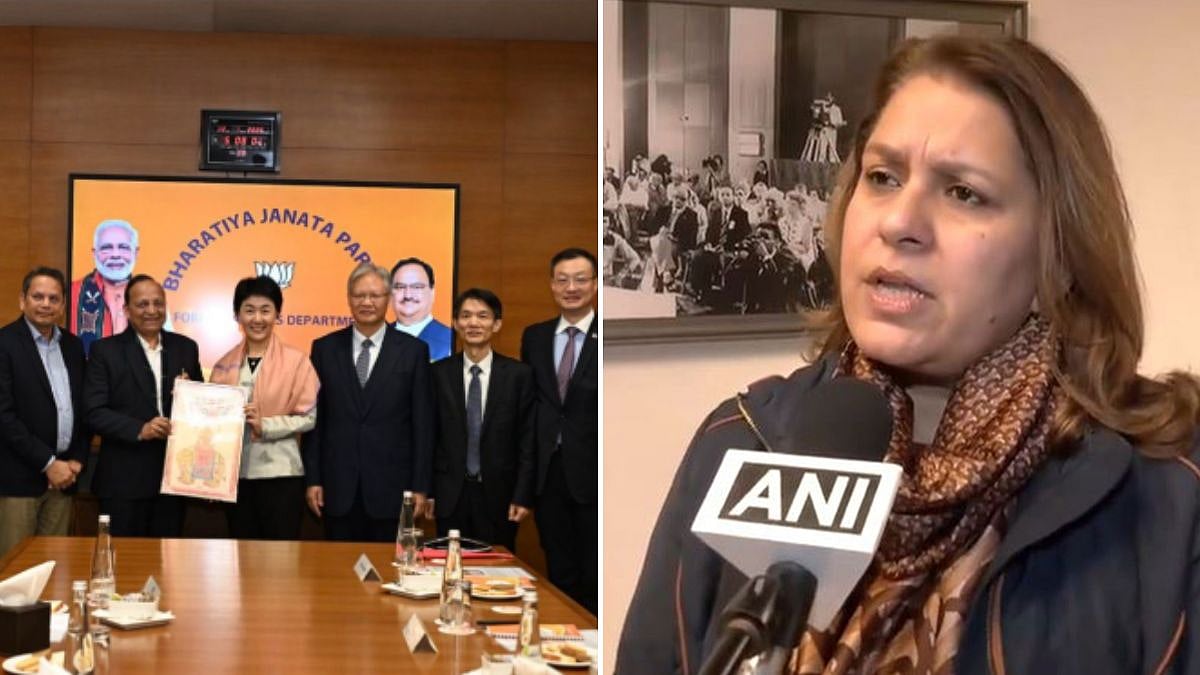The Royal Swedish Academy of Sciences, on Tuesday, honoured Pierre Agostini, Ferenc Krausz, and Anne L’Huillier with the 2023 Nobel Prize in Physics.
The trio received this prestigious accolade for their groundbreaking experimental methods that generate attosecond pulses of light for scrutinizing electron dynamics in matter.
This year's Nobel Prize in Physics celebrates the laureates' exceptional experiments, which have unveiled a new realm of possibilities for understanding the behavior of electrons within atoms and molecules.
Pierre Agostini, Ferenc Krausz, and Anne L’Huillier have pioneered a technique to generate incredibly brief pulses of light, enabling the observation of lightning-fast electron movements and energy changes that were previously inscrutable.
Agostini's Attosecond Pulse Series
Pierre Agostini's pioneering work involves the production and investigation of consecutive light pulses, with each pulse lasting a mere 250 attoseconds. This achievement has opened doors to observing electron dynamics at an unprecedented temporal scale.
Krausz's Isolated Attosecond Pulse
In parallel, Ferenc Krausz developed a distinct experimental approach that allows the isolation of a single light pulse, extending to 650 attoseconds. This breakthrough facilitates the precise study of rapid electron processes.
L’Huillier's Light Overtone Discovery
Anne L’Huillier made a groundbreaking discovery when she transmitted infrared laser light through a noble gas, revealing the emergence of various light overtones.

These overtones, resulting from the interaction between laser light and gas atoms, have provided invaluable insights into electron energy emission.
Collectively, the work of Agostini, Krausz, and L’Huillier has ushered in a new era of scientific exploration. Their creation of ultra-short light pulses has enabled scientists to capture snapshots of electrons' incredibly swift movements, shedding light on previously hidden phenomena.
Pushing the Boundaries of Light Pulses
Furthermore, L’Huillier's discovery of the unique effect arising from laser light's interaction with gas atoms, combined with Agostini and Krausz's innovations, has pushed the boundaries of attainable light pulse durations, revolutionizing our ability to explore the microscopic world.
In summary, the 2023 Nobel Prize in Physics recognizes the exceptional contributions of Pierre Agostini, Ferenc Krausz, and Anne L’Huillier, who have harnessed the power of attosecond pulses of light to revolutionize our understanding of electron dynamics in matter, opening up new horizons in the world of physics.











